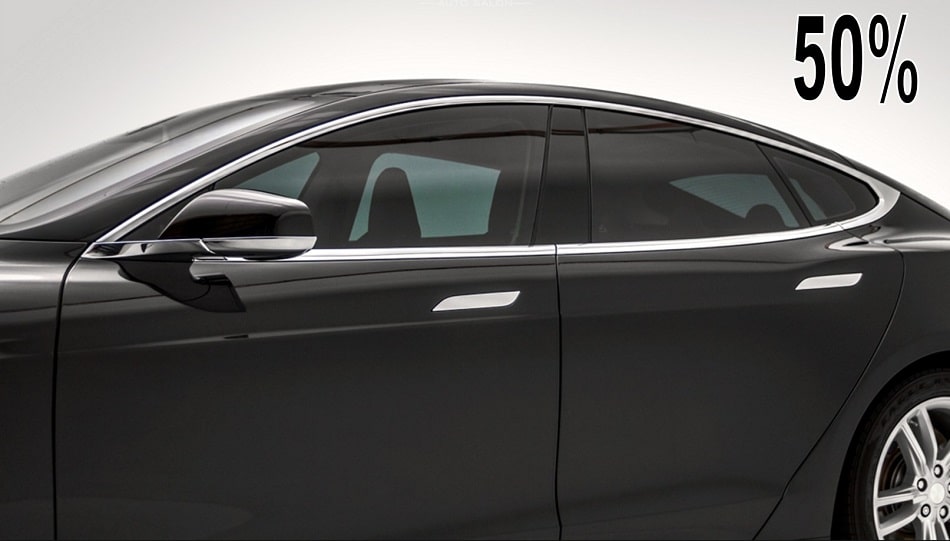

This tint falls within that range for a vast. This is a safe range for factory tinting because many states place restrictions on the level of tint vehicles can have. This level of tint is usually in the 15-20 range. Sometimes manufacturers apply a tint at the factory. When you decide to go with the 5 percent look, you’ll achieve more of a limousine appearance to your vehicle. This is commonly what is referred to as 'factory tint'. These tints block more UV rays and are usually seen on newly manufactured vehicles as an “industry standard.” The higher you go in percentages, the more light is allowed into the vehicle.

Some people like to have as little VLT inside their car so that they can enjoy the natural sunlight, while others want more privacy and. The lower percentages allow less light in. This percentage is a value that expresses how much visible light passes through the window film, also known as Visible Light Transmission (VLT).
TINT PERCENTAGES WINDOWS
Popularity wise, 35 and 20 percent tints are seen most often. Tint levels for car windows range from 10 tint darkness to 90. It's most commonly used on the back windows of private cars and limousines. A 5 is the darkest tint you can get, and you can't see through 5 tinted car windows at all. The national average of legal tint is at 50 percent across the United States. When vehicles come with a factory tint, it's usually between 15 and 20. For example, if the window tint percentage is 40, it means the film should allow at least 40 of light to pass through. This falls within the limits of most state laws and is a good option to protect against the sun’s rays. The percentages presented in this table represent the visible light transmission required when applying tint to windows. Vehicle window tints come in four standard percentage options - 50 percent, 35 percent, 20 percent, and 5 percent.įifty percentage blockage is a standard option for most owners. The lower percentages allow less light in. These are represented through the use of percentages showing the visible light passing through the window film.
TINT PERCENTAGES DRIVER
It is up to the driver to ensure the tint is legal for their vehicle.Shades and percentages depend on visual transmission levels (VTL). Therefore, if you are interested in having tinted windows but want to. The law also requires all vehicles to have dual side mirrors if the back window receives a tint upgrade. For most vehicles in Illinois, the legal percentage of window tint is up to 35 percent. You’re not allowed to tint your windshield.įlorida doesn’t allow any tint colors other than the traditional look that creates darker glass when installing films. Sometimes reducing a window tint with a 49 VLT can help reduce that. That figure is still enough to get that gorgeous silver look. When the sun reflects off your window, it can cause glare off your window and into someone elses home. The back windows shouldn’t be more than 35%. If you prefer reflective elements with your window tint installation, Florida allows you to have a product with a 25% rating. As sunroofs and moon roofs become larger and more common, they also need to be considered when tinting your. If you own a multi-passenger vehicle, the back windows can be at 6%. High Performance Window Tint From The Top Down. Within all these types of window tints come multiple shades or darkness of the tint. California - Recommended tint percentage - Here in California tint on the front driver/passenger windows are illegal, but you could have the back windows as. Ceramic window tint is quite different than ceramic coatings, but we’ll explore that in a future article. The current laws require at least 28% light to pass through the front side windows, while 15% comes from the rear side. They produce exceptional shatter resistance, reduced glare or fading, and effectively blocks 99.9 percent of UV exposure. This rating is the amount of sunlight passing through the film into the vehicle. VLT stands for “Visible Light Transmission. Without a doctor’s order, you’ll need to comply with the following rules. No sun-shading or tinting films shall be applied or affixed to any window of a motor vehicle that (i) have a reflectance of light exceeding 20 percent or. Depending on the product you select for your make and model, you can reject upwards of 60% of the heat and 99% of the harmful UV rays that come from the sun each day.Īlthough Florida is one of the more lenient states for tint percentage laws, only a prescription allows you to go as dark as you want. Each percentage will allow more or less visible light into the vehicle. It is essential to tint your vehicle’s windows in Florida. There are many options when it comes to window tint percentages.


 0 kommentar(er)
0 kommentar(er)
